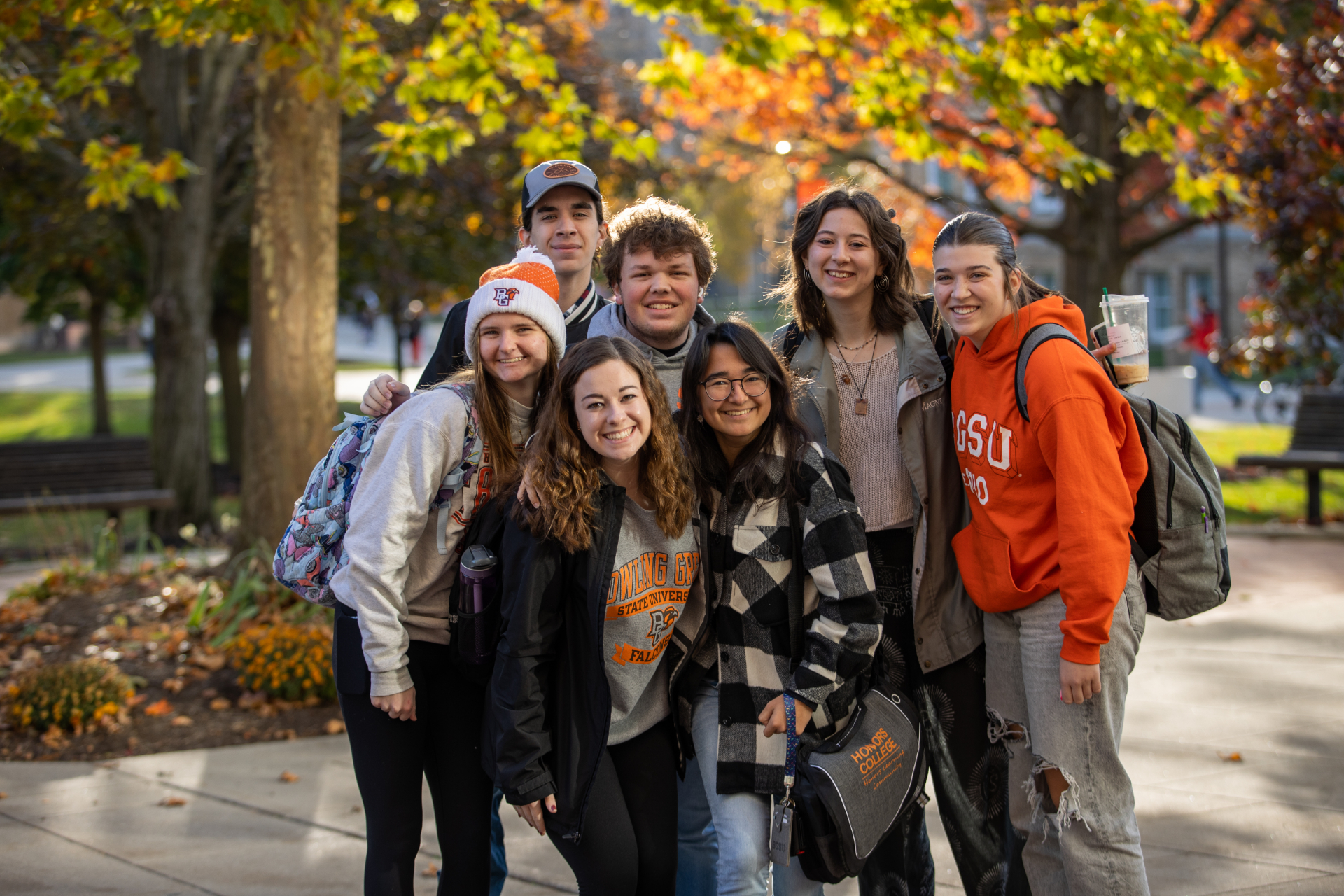Social Media Accessibility
As a public university for the public good, Bowling Green State University is committed to ensuring everyone can access the University’s knowledge, ideas and resources.
Social media is one of the primary ways the public is able to take advantage of those assets, but not everyone uses the internet in the same way. Making our content accessible ensures all people have the same opportunities to benefit from BGSU information, products, resources and services.
It's also the law and BGSU policy.
While accessibility best practices are essential for those with disabilities, creating clean and simple designs with closed captions and other features improves the digital experience for everyone. This includes those with temporary needs and conditional restrictions.
All content affiliated with Bowling Green State University must be accessible.
To ensure your caption is accessible to all audiences, be mindful of how your caption will read to a screen reader.
- Do not use fonts uploaded from Google. Use the fonts available within the social media app. Do not copy and paste decorative fonts from any other app. Screen readers are unable to depict decorative fonts.
- Ensure emojis in moderation and only add emojis at the end of a complete thought. Do not use emojis as bullet points. Screen readers pick up even the skin tone of emojis.
- Using color is a factor to keep in mind when creating graphics. Some color combinations make it impossible to read. See Accessible Social’s guide to using color.
- Make sure to capitalize the first letter in each word of your multi-word hashtags. For example: #BGSUMoveIn and #BGSUGrad.
To ensure your photos and graphics are accessible to all audiences, all content must include alternative text. Alternative text is an image description that most social media platforms allow users to embed in their app for users who are blind or have low vision and use assistive technology like a screen reader or text-to-speech program to access digital content.
How to write effective alt text
- When writing alternative text, the goal is to describe the most important elements of the image or graphic. Write plainly and focus on the emotion or the point of the image. Do not use hashtags, symbols, links, emojis and nonessential information in your alt text. Do not write “photo of” or “image of.”
- For more tips and best practices on how to write effective alternative text, view Accessible Social’s alternative text guide.
Avoid creating graphics with excessive copy to post statements or long-form messages
No matter what platform a video is posted on, it must always include closed captions so that deaf and hard-of-hearing users can also enjoy the content.
- Facebook, Twitter, LinkedIn, Instagram and TikTok all have varying degrees of closed captioning capabilities for their video features.
- To learn how to use YouTube to download closed captioning files view Accessible Social’s guide to accessible captions.
Updated: 10/07/2025 10:33AM

